Electromagnetics Blog Posts

How to Use Circular Ports in the RF Module
Degeneracy in circular ports leads to uncertainty in the mode field orientation. Not so with the Circular Port Reference Axis feature, which lets you define field orientations on port boundaries.
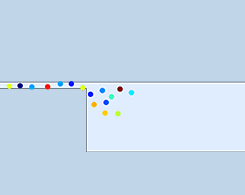
Speeding Up DNA Separation in a Microchannel via Simulation
DNA separation takes a long time using traditional methods. Now, researchers from the Missouri University of Science and Technology have found a faster way to get the job done.
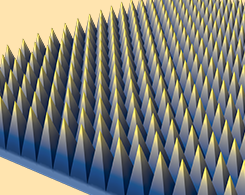
How to Numerically Simplify Your Periodic RF Models
Looking for an easier way to model periodic RF structures, such as frequency selective surfaces, electromagnetic band gap structures, reactive and high impedance surfaces, and metamaterials?
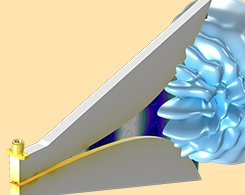
Your Guide to the Physics Interfaces and Studies in the RF Module
The RF Module includes 4 physics interfaces and studies that you can use to analyze electromagnetic wave propagation and resonance behavior in your RF analyses.
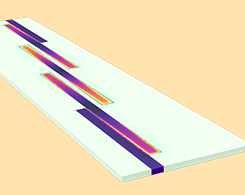
Your Guide to Lumped Ports in the RF Module
Your guide to the 4 different types of lumped ports that you can use for your RF analyses, as well as the different modeling scenarios in which each type is applicable.
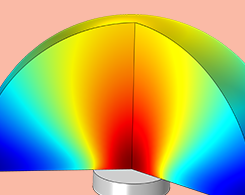
Fine-Tuning the Design of Piezoelectric Transducers with Simulation
A variety of use cases and a variety of physics: Piezoelectric transducer designs need to account for electric currents, pressure acoustics, stress-strain, and acoustic-structure interaction.
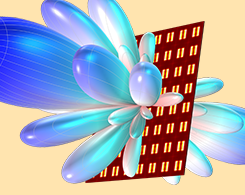
How to Synthesize the Radiation Pattern of an Antenna Array
You can study and prototype a phased array antenna without analyzing the entire structure through a full 3D wave equation (saving time and computational costs) by using an antenna array factor.
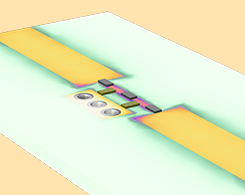
How to Simplify a Two-Port Device Model Using a Touchstone File
Say you’re modeling a two-port device and want to reduce the computational resources involved. We demonstrate one way to do so, involving a Touchstone file…
